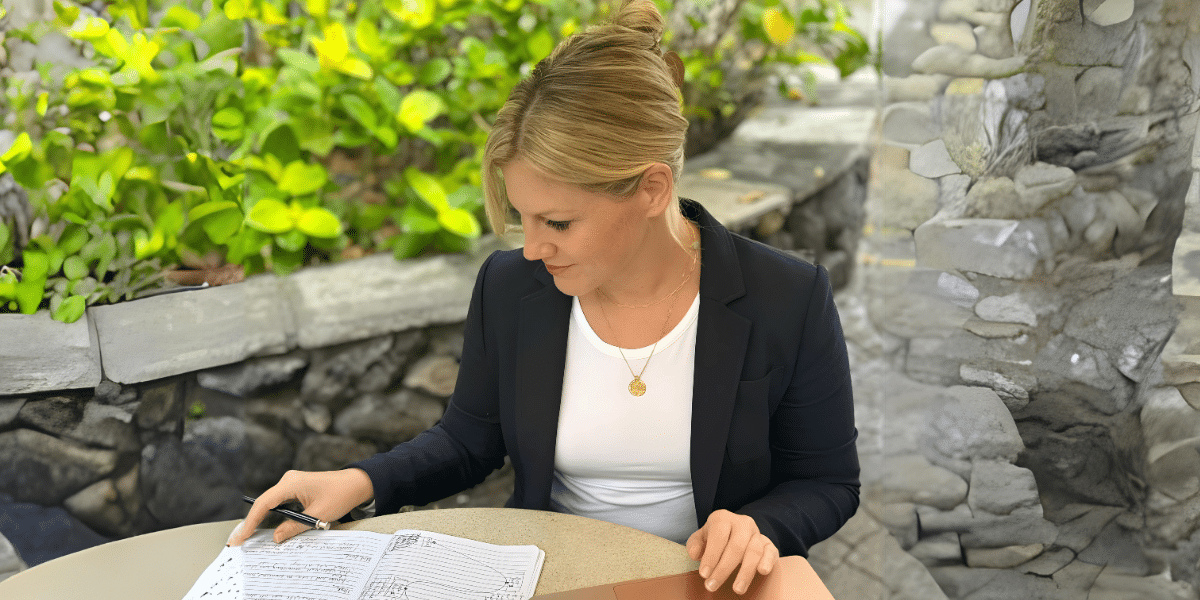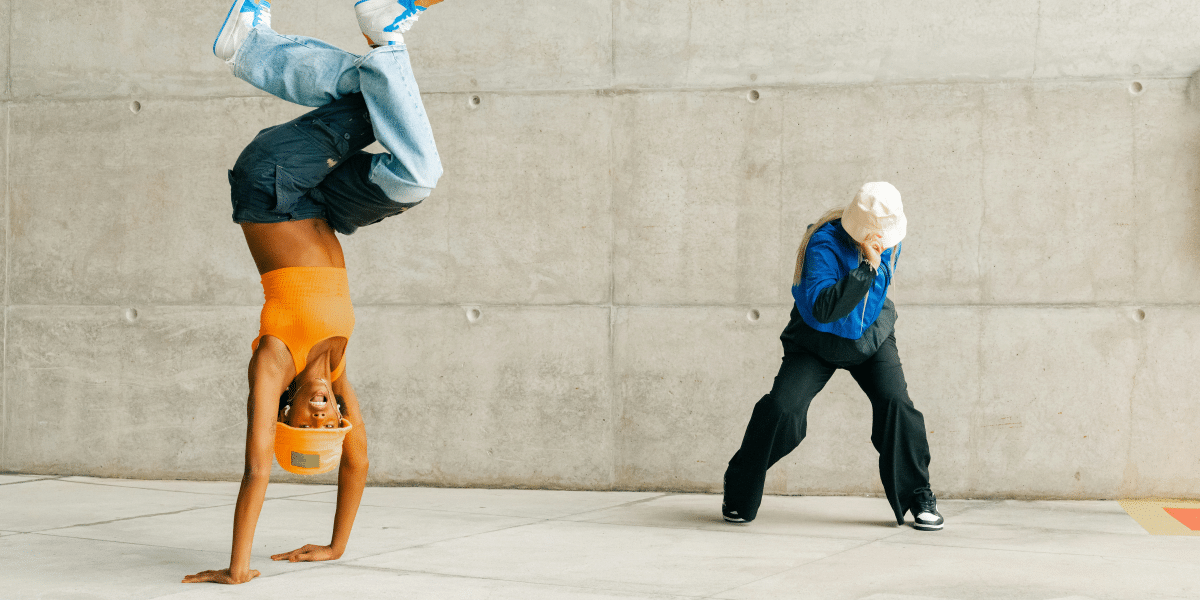In the bustling world of modern workspaces, the concept of an open office has always been both celebrated and critiqued. While it aims to foster collaboration and creativity, it often overlooks a critical aspect of the workforce: neurodiversity. Katie Titi, a visionary environments strategist and coach, is stepping into this gap, offering innovative solutions that cater to the unique needs of these neurodiverse individuals, particularly those in the creative and STEM fields.
The Challenge of Open Offices and Return-to-Work Mandates
The trend toward open offices and the recent push for return-to-work mandates post-pandemic have brought to light the diverse needs of the workforce. For neurodiverse employees, who may experience the world differently due to conditions such as autism, ADHD, and dyslexia, these environments can be particularly challenging. The noise, lack of privacy, and constant visual stimuli inherent in open offices can lead to sensory overload, decreased productivity, and increased anxiety.
Katie Titi’s work is a beacon of hope for those people who have struggled in traditional work environments. By acknowledging the broad spectrum of neurodiversity and the unique contributions of each individual, Katie is not just advocating for more inclusive workspaces; she’s actively creating them.
Tailored Strategies for Creatives and Researchers
Katie’s approach is multifaceted, serving both creatives seeking to elevate their craft and researchers aiming to enhance their work and office/lab environments. For creatives, an environment that balances the need for collaboration with spaces for deep, focused work can significantly boost creativity and productivity. Similarly, researchers, especially those in STEM fields, require environments that support both meticulous solo work and collaborative endeavors.
By customizing strategies that address these specific needs, Katie is helping to construct environments where neurodiverse individuals can thrive. This includes recommending adjustments to lighting, noise control, and furniture layout, as well as advocating for the use of technology and tools that support focus and organization.
A Future of Inclusivity and Productivity
Katie Titi’s work represents a crucial shift towards recognizing and addressing the diverse needs of the workforce. By designing environments that cater to neurodiversity, companies can unlock the full potential of their employees, fostering innovation, creativity, and productivity.
The benefits of such an approach extend beyond the individuals directly impacted. Creating more inclusive workspaces can lead to increased employee satisfaction, reduced turnover, and a more harmonious workplace culture. It’s a testament to the fact that when we design with diversity in mind, everyone benefits.
As businesses continue to navigate the challenges of the modern workplace, the insights and strategies provided by Katie Titi offer a valuable roadmap. By prioritizing the needs of neurodiverse individuals, we can build work environments that are not only more inclusive but also more conducive to the kind of groundbreaking ideas and solutions our world needs.
Katie Titi’s work is a constant reminder that in the quest for innovation and productivity, embracing neurodiversity is not just the right thing to do—it’s the smart thing to do.
Published by: Holy Minoza












